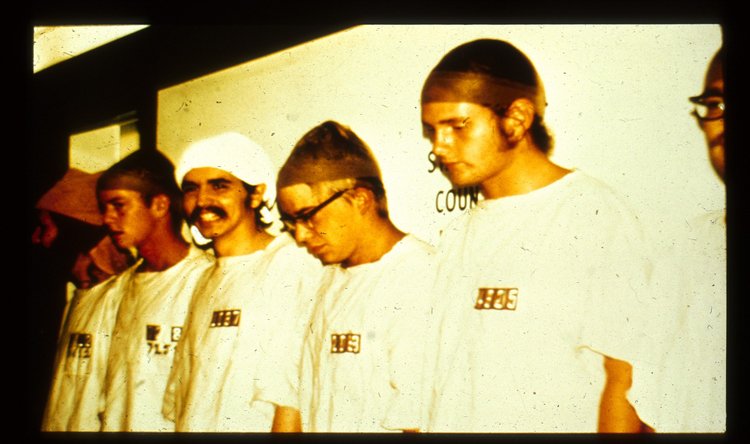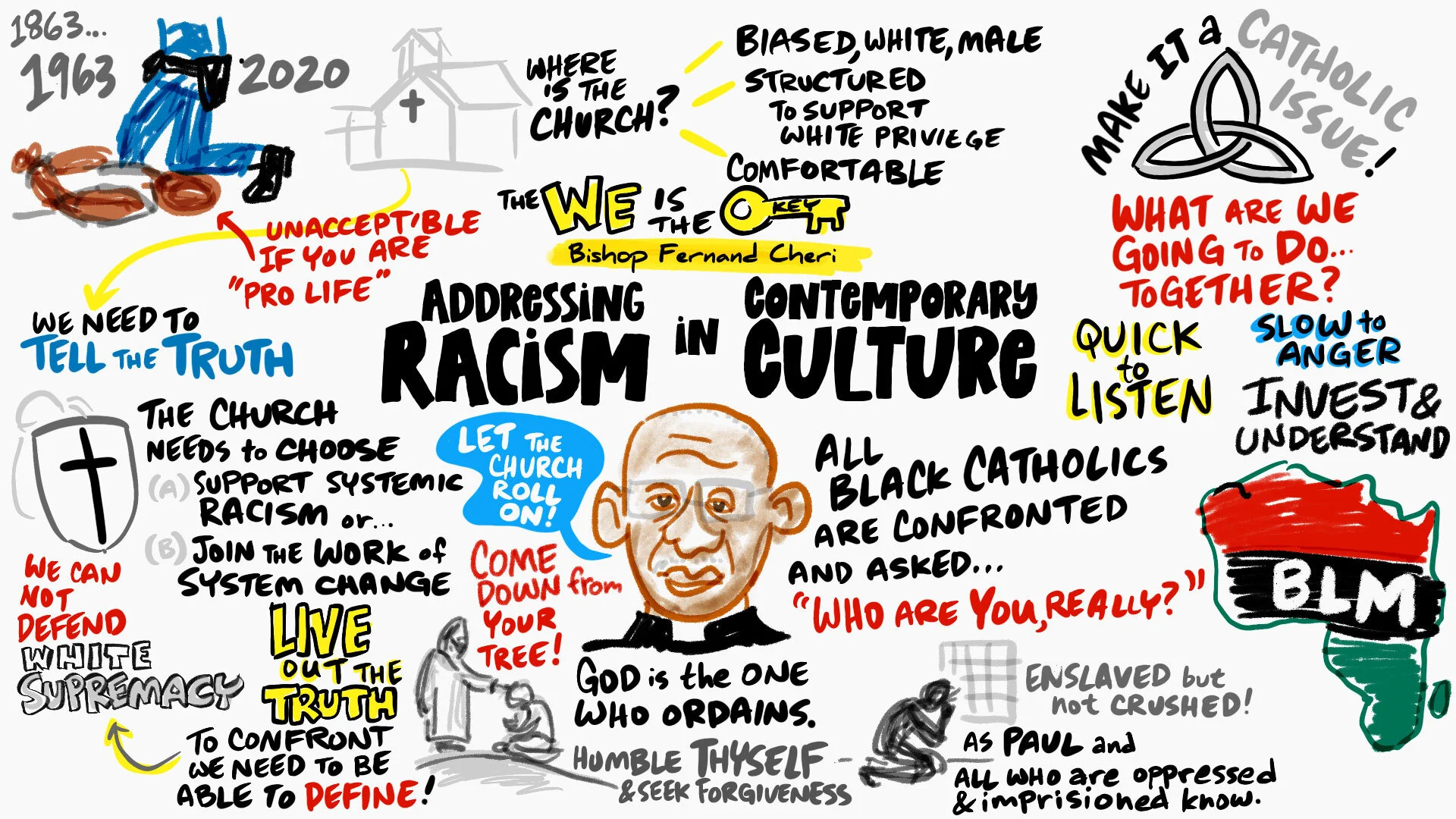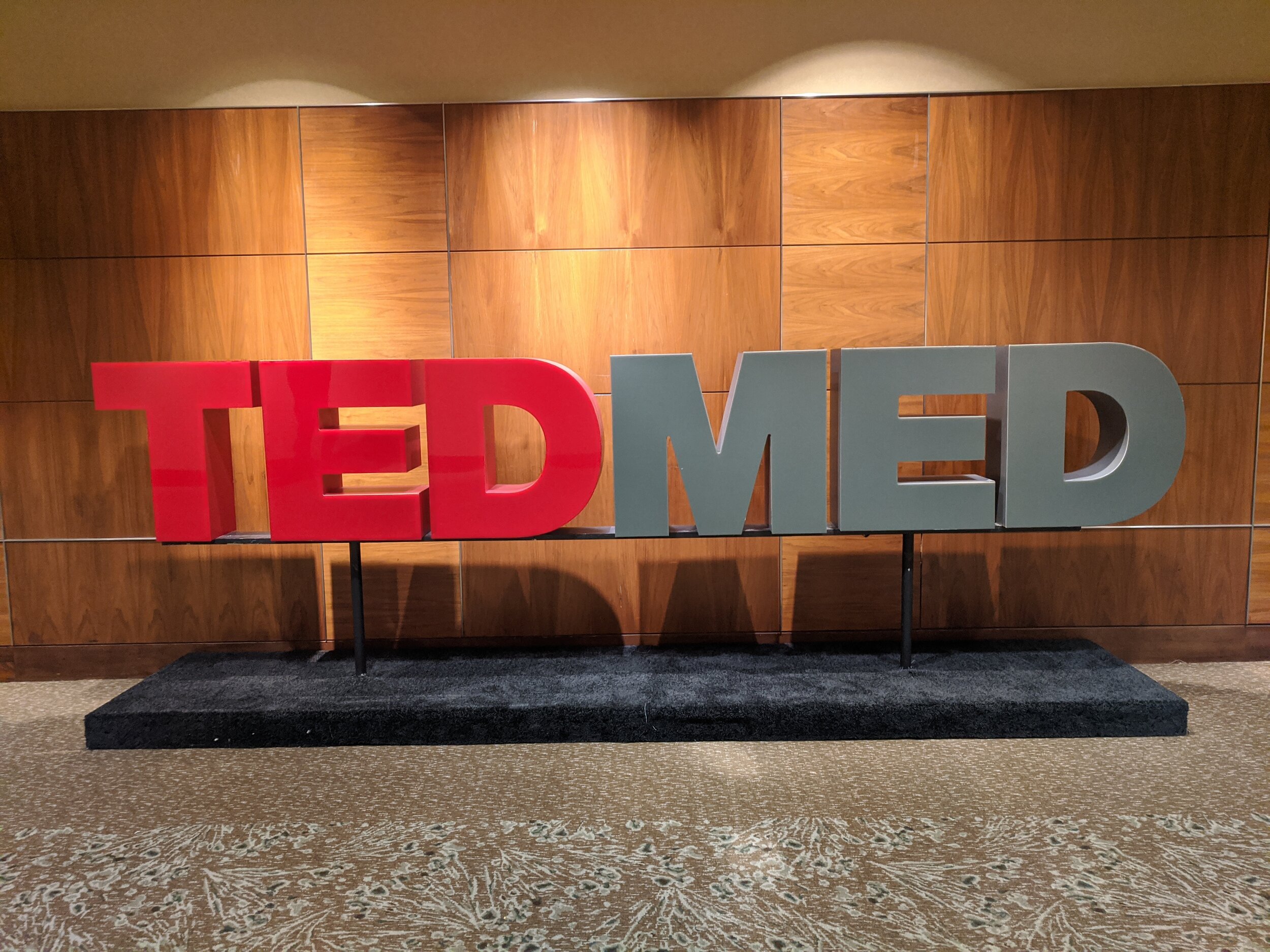Getting the Whole Spimey Backstory
/
As sensor technology becomes cheaper to deploy, and the metadata embedded therein and broadcast therefrom becomes richer and more detailed, we approach a time in which every tennis shoe and ham sandwich has its own backstory.
We can know whether the pig in the sandwich had a happy life, or, more important, if it was exposed to harmful bacteria or unethical farming practices.
In his book Shaping Things, Bruce Sterling makes much of the emerging product form tagged with his self-created neologism... spime.
These are "material instantiations of an immaterial system, digitally manufactured things from virtual plans." In layman's terms, these are objects that can be manufactured, tracked, interacted with and recycled through digital systems embedded in the object and the environment. Now, knowing a product's backstory is emerging as a core principle of commerce.
[Listen to Sterling's discription of spime here. Or watch the oddly unnerving interview segment, SpimeTime on Rocketboom.com.]

As the public gains interest and personal investment in living more sustainably, knowing the backstory becomes increasingly important. Whether it's food, lifestyle products, building materials -- most everything in the designed or built environment -- a big part of making good choices involves knowing where things come from, what's inside them, and how they got to point of use. If we know the backstory as consumers, we can make good choices; and if businesses and designers know they'll have to tell the story of their product, they make sure it's a story someone would want to hear.








